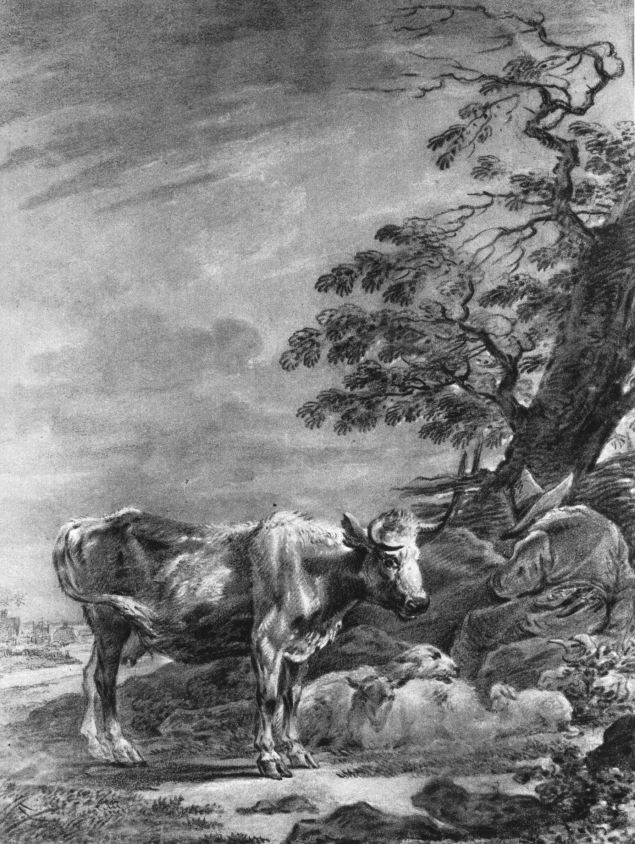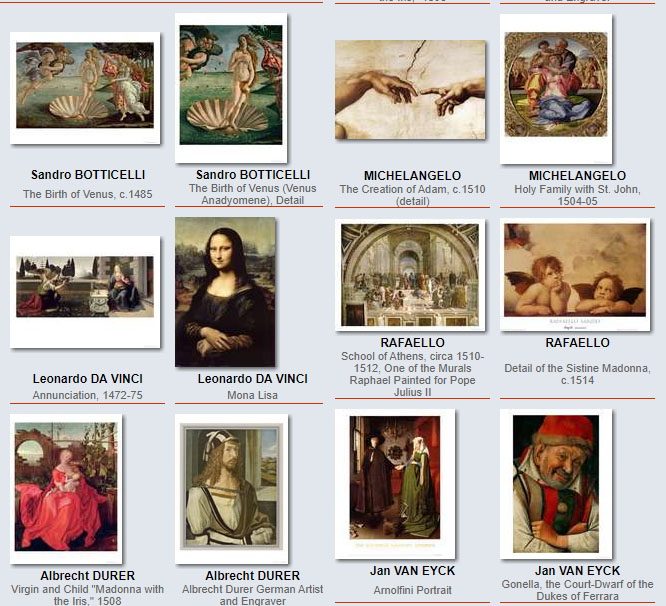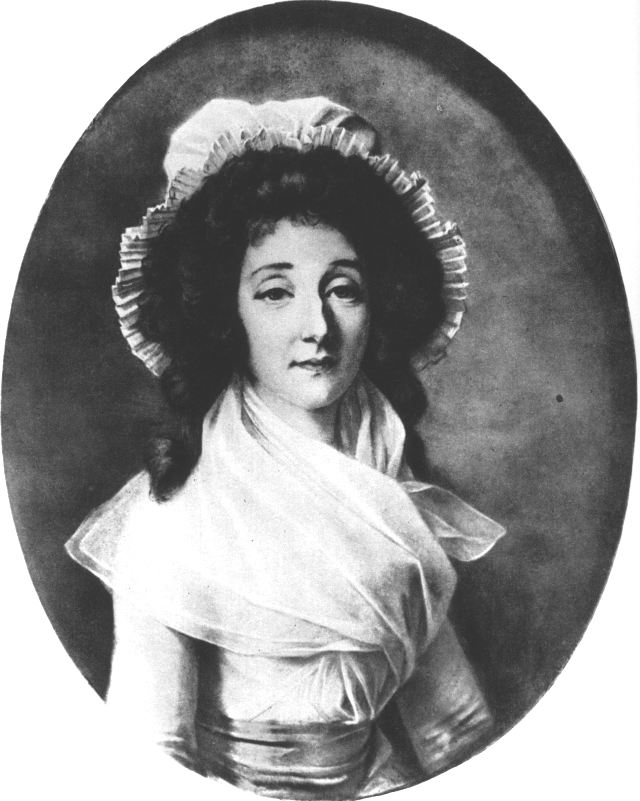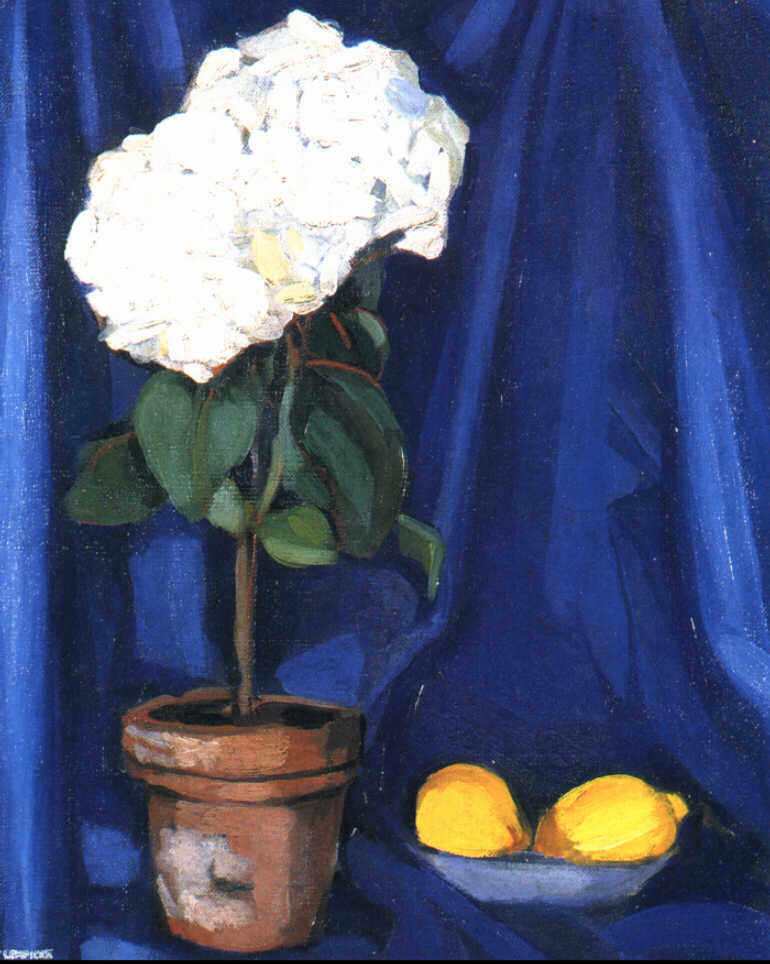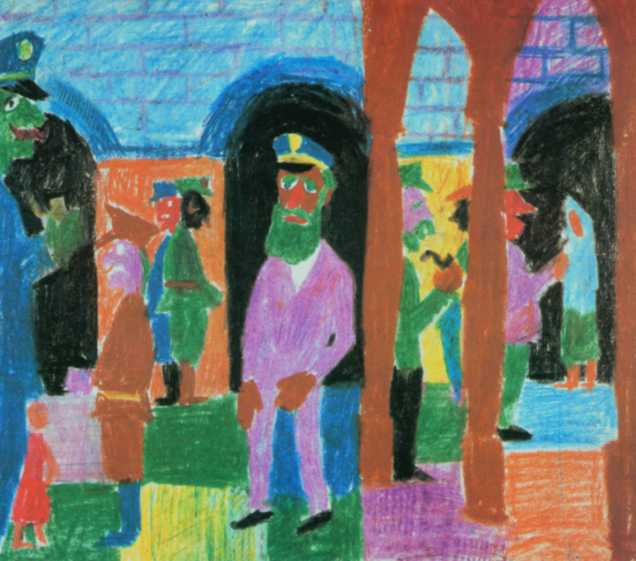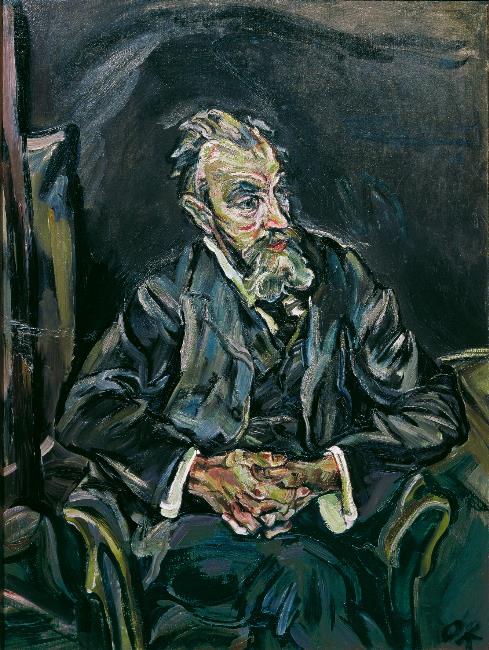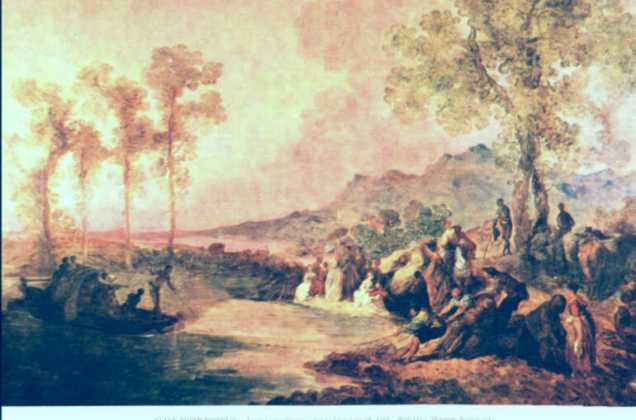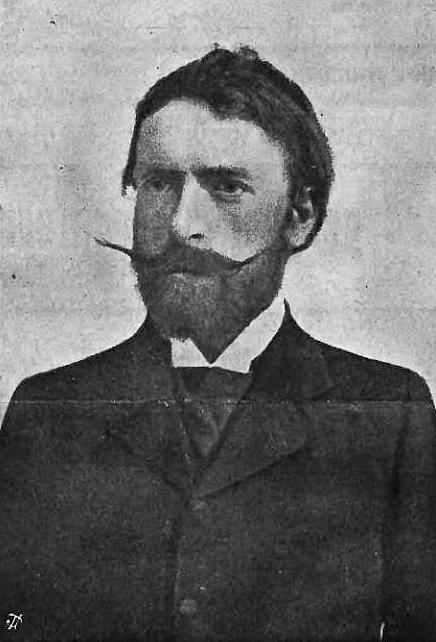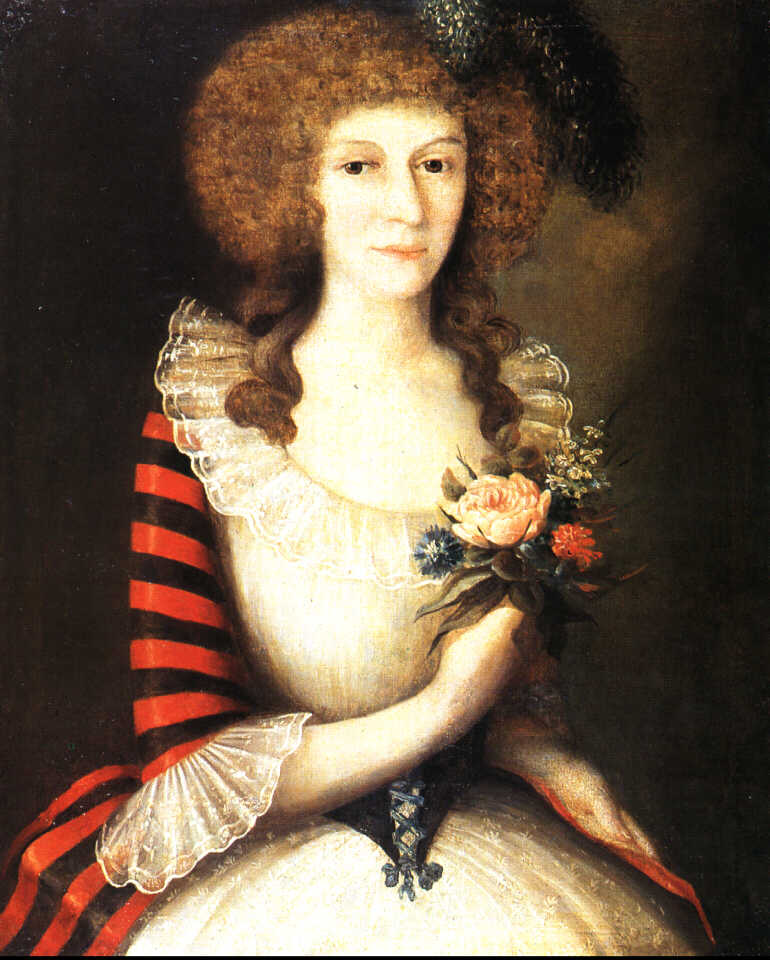Painting – Rococo.
Rococo (1680-1750) is often called “a lighter version of baroque”. It retains the richness of the baroque style, but he deals with a trivial topic. A typical rococo work is bright, a delicately painted scene from the life of the royal court.
Rococo – stylistic trend, especially present in interior design, ornamentyce, arts and painting, appearing in European art in the years ca. 1720-1790. The Rococo trend also stands out in the history of literature.
Sometimes considered the final phase of the Baroque, in fact, it took a counterposition to it. It defied pompous ceremonial, monumentalism and the official character of the style of Louis XIV, leaning towards greater intimacy, sensuality, sophistication and some sentimentality. It was characterized by lightness and decorative forms, free composition, asymmetry and fluidity of lines as well as exotic motifs (np. chinese). The Rococo style developed most strongly in France and was mainly associated with court life.
The prelude to the Rococo was the period of regency of Philip of Orléans in France (1715-1723), during which works of greater freedom and decorativeness were created. Its heyday came under Louis XV; it was also then that Rococo spread throughout Europe, especially in Bavaria, Prussia, Austria, the Czech Republic, of Saxony, in Silesia, in Poland and Russia.
As already mentioned, Rococo grew out of opposition to this, the reign of Louis XIV. 17th century, called by historians “great century” ended under the sign of the weakening of the power of France, which until recently was effectively the arbiter of Europe, power dictating its will through military power, economic and cultural[4]. The abolition of the Edict of Nantes led to emigration from France ca. half a million Huguenots, leading to economic weakness in the country; for they were largely craftsmen, bankers and specialists working in manufactories. These events and subsequent wars led to criticism of the Sun King.
In his time, France was dominated by the Baroque in its classic version, reaching back to ancient patterns. However, the commonly used style began to encounter opposition, e.g. Charlesa Perraulta. Also at the end of the 17th century, a dispute broke out between the Poussinists (classics, named after Poussin) and the rubensists (colorists). The last phase of Louis XIV's rule became a time of growing antagonistic sentiments towards official art. The court of Versailles was also criticized, counting even 10 00 people and absorbing 10% state budget[5], busy with incessant balls and celebrations. With time, they also became more rigid and etiquette. Aging ruler, under the influence of the Marquise de Maintenon, fell into bigotry, restricting the freedom of life of his court.
Louis XIV died in 1715 year. The heir to the throne was his great-grandson Louis XV, having then 5 lat. During the minor age of the new king (do 1723) Philip of Orléans was in charge; the period of this regency is considered the first phase of the Rococo. Filip Orleanski moved his seat to Paris, which resulted in the return of courtiers from Versailles to the capital and the formation of a specific one, lively social life. The patronage over intellectual and artistic culture passed from the hands of the ruler to the hands of the aristocracy, bourgeoisie and intellectuals. The opposition to the bygone era resulted in a change of moral attitude, largely driven by women. The whole Rococo atmosphere was subordinated to the desires of a woman, by her, or at least it was made for her[6]. Numerous salons were built – finesse place, brilliant discussion, requiring refinement and appropriate social forms from the guests. This was accompanied by a loosening of morals, a specific reaction to the piety of Louis XIV, expressed, for example, in the ostentatious extramarital affairs of Philip of Orleans. The regent's example could not have left his subjects unaffected. Facing “licentiousness” attractive people, so criticized in later times, it was connected with the desire to enjoy the joy of the moment, because as stated by Beaumarchais, unknown, will the world last three weeks. Rigid celebrations were replaced by games, dance, masquerades and numerous fetes. The Rococo atmosphere was therefore dominated by refinement, the spirit of eroticism and women.
The rococo style was brought to an end by the growing classicism, strengthened by archaeological discoveries of ancient buildings. In France, traditionally attached to classical values, this trend was promoted especially in literature, with the Encyclopaedia d'Alembert and Diderot at the forefront. The end of the Rococo is considered to be the outbreak of the French Revolution in 1789, however, there were already significant signs of the end of an era a little earlier. After all, in 1784 Jacques-Louis David painted The Oath of the Horatii – flagship neoclassical work. Some artists continued their work in the Rococo spirit, however, these were only small remnants of a bygone era. The trend of sentimentalism was also such a trace.
Art was an expression of the new lifestyle. Instead of dignity and pomposity, there is sophistication and lightness, both in the field of architecture, painting, as well as crafts.
A completely different style from the Baroque style appeared in painting. The subject has changed, technique, Colour, format. The paintings were painted lightly and delicately; the colors are bright. Mythological paintings continued to be created, but most often instead of Zeus, Athens is powerful, the gods of love appeared: Aphrodite and Eros and Dionysus. However, themes related to games and social events in the bosom of nature dominated, with heroes in court costumes (the so-called. gallant girls), or pastoral (the so-called. Garden Party). Masquerades were also painted, theatrical performances, scenes from the commedia dell arte and performances with erotic overtones. The portrait was popular, different from baroque, dominated by images of women. It was more intimate, often small in size and performed e.g. pastels.
Rococo, present in Poland since the times of August the Strong, showed very little in painting. They were mostly made up of foreigners, while local artists remained in the late Baroque trend or leaned towards the classicism of Marcello Bacciarelli. Jean Pierre marked his presence in Poland (Jan Piotr) Norblin (1745-1830), brought in 1774 year by Czartoryski. Next to fete galante in Watteau style, Norblin created numerous drawings and paintings documenting current events in the country, various human types and genre scenes. They also stayed in Poland: Giovanni Battista Lampi (1751-1830), author of portraits and Giuseppe Grassi (1758-1838). Among Polish artists, only Kazimierz Wojnakowski (1771-1812) in some works he showed connections with Rococo painting.
